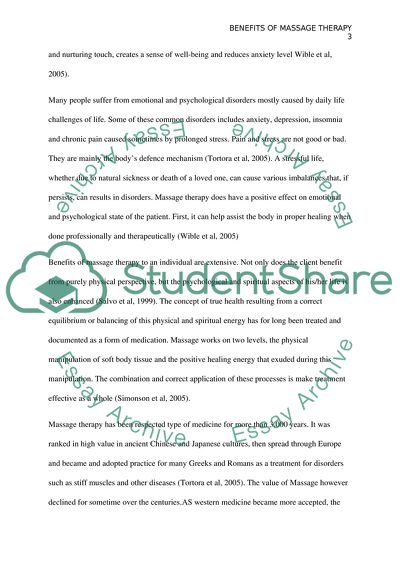Cite this document
(Massage Therapy: Principle and Practice Term Paper, n.d.)
Massage Therapy: Principle and Practice Term Paper. https://studentshare.org/health-sciences-medicine/1821161-benefits-of-massage-therapy
Massage Therapy: Principle and Practice Term Paper. https://studentshare.org/health-sciences-medicine/1821161-benefits-of-massage-therapy
(Massage Therapy: Principle and Practice Term Paper)
Massage Therapy: Principle and Practice Term Paper. https://studentshare.org/health-sciences-medicine/1821161-benefits-of-massage-therapy.
Massage Therapy: Principle and Practice Term Paper. https://studentshare.org/health-sciences-medicine/1821161-benefits-of-massage-therapy.
“Massage Therapy: Principle and Practice Term Paper”. https://studentshare.org/health-sciences-medicine/1821161-benefits-of-massage-therapy.


